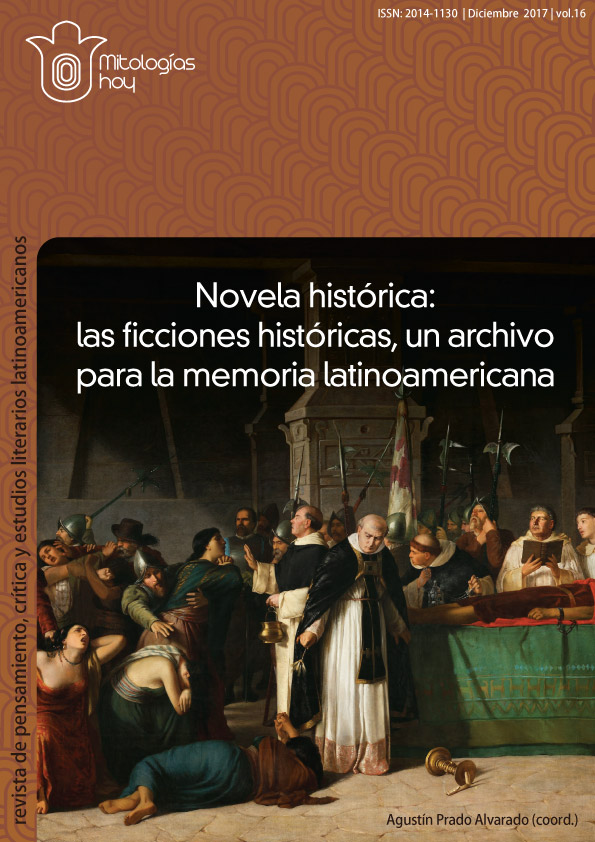The Road of Ahayu Watan: Psychic Realism and a Reading of Gamaliel Churata’s El Pez de Oro (1957)
Article Sidebar

Main Article Content
During the first half of the 20th century, Gamaliel Churata built a theoretical project with the aim of conceptualising a new identity for the American continent, avoiding the shortcomings of indigenism and allowing the people of the Americas to overcome the problems of modernity. This vision was based on the appraisal of the roots of the continent and the interaction of diverse world-visions, especially the Western one, which does not reject americanity. A necessary step was to abandon logocentrism and to assimilate the Andean world-vision that would allow the encounter of irreconcilable Western elements. Churata, however, had to elaborate other categories in order for this encounter to work. One of these is that of psychic realism, which finds in El pez de oro its literary embodiment.
Article Details
Copyright
Authors who publish with this journal agree to the following terms:- Authors retain copyright.
- The texts published in this journal are – unless indicated otherwise – covered by the Creative Commons Spain Attribution 3.0 licence. You may copy, distribute, transmit and adapt the work, provided you attribute it (authorship, journal name, publisher) in the manner specified by the author(s) or licensor(s). The full text of the licence can be consulted here: http://creativecommons.org/licenses/by/3.0/es/deed.en.
- Authors are able to enter into separate, additional contractual arrangements for the non-exclusive distribution of the journal's published version of the work (e.g., post it to an institutional repository or publish it in a book), with an acknowledgement of its initial publication in this journal.
- Authors are permitted and encouraged to post their work online (e.g., in institutional repositories or on their website) prior to and during the submission process, as it can lead to productive exchanges, as well as earlier and greater citation of published work (See The Effect of Open Access).